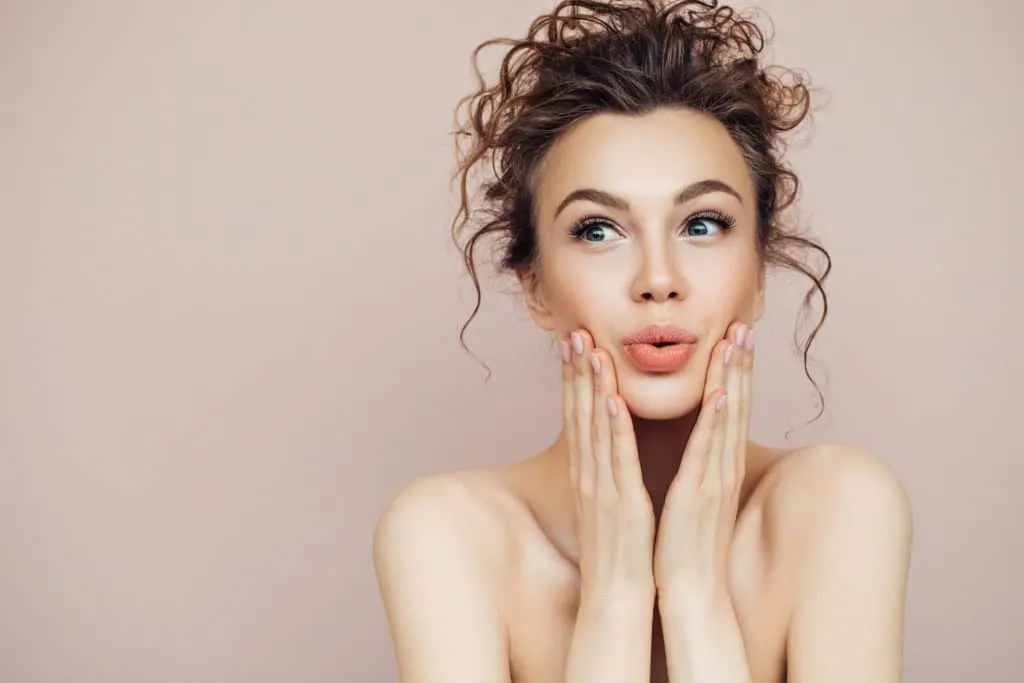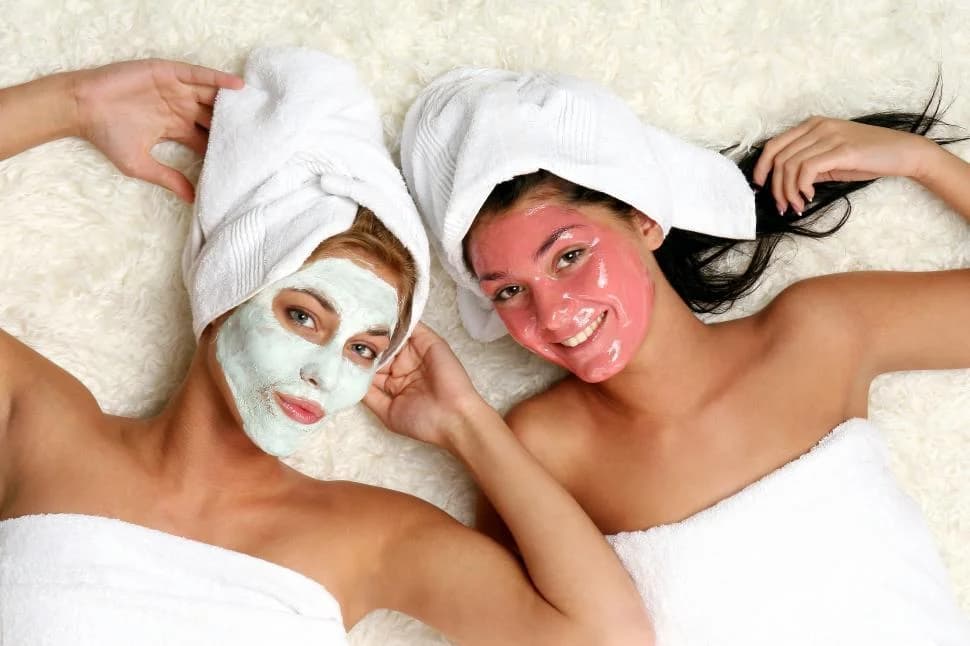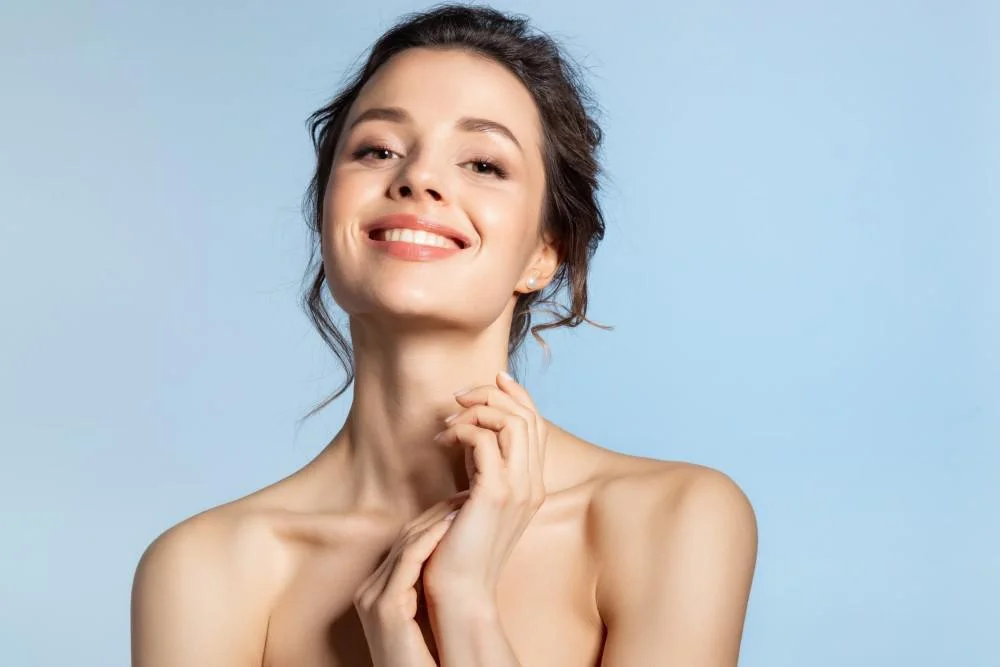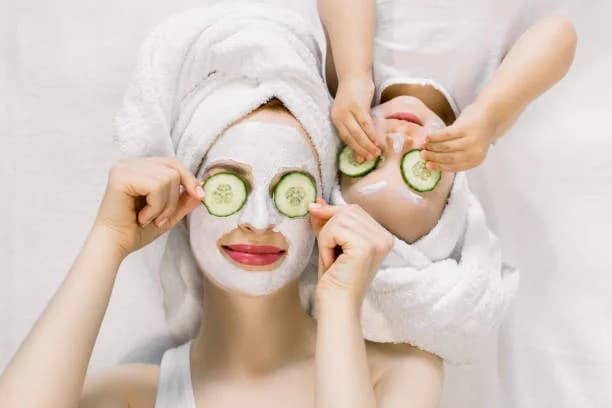Facial rejuvenation procedures can be roughly divided into facelift surgery and non-operative, less invasive procedures, such as fat grafts, fillers, botulinum toxin injections, thread lifts, or laser abrasion. During the last hundred years’ various methods of facelift surgery have been developed, yet there is no generally applicable standard method since each patient is different. Each of these operative methods has advantages and disadvantages.
Facial Rejuvenation surgery procedure options?
Facialrejuvenation treatments can be divided into 4 categories:
Redrape and lift (via surgery)
Refill (via fillers and fat)
Relax (via Botox and surgery)
Repair (via advanced skin care products, laser & IPL, chemical peels, micro-needling, and other resurfacing techniques)
For an anti-aging treatment to work it must do one of these 4 things above or it won’t work. Read on to explore the most common reasons people seek out facial rejuvenation, and what issues the most common procedures aim to fix.

The Eyes and Forehead
The eyes and forehead are some of the facial features that can make you appear older than you feel. Some of the most common issues making your eyes look tired and your forehead wrinkled are:
Tired or droopy eyes
Sagging upper eyelids
Puffiness or bags under the eyes
Low eyebrows and heavy/crowded upper eyes
Elevated hairline
Forehead wrinkles
Frown lines between the brows (also known as the elevens)
A perpetually tired, worried, or angry look on the forehead
Surgical Procedures
Upper eyelid surgery: Removing excess skin to restore a naturally refreshed appearance to the eyes.
Lower eyelid surgery: Best treatment for correcting lower eyelid bags and hallowing.
Brow lift surgery: brow lifts help eliminate deep frown lines between the brows. An endoscopic brow lift uses small incisions, while a temporal (Limited Incision) brow lift is often performed with upper eyelid surgery. Browpexy improves the appearance of the forehead. A direct brow lift involves the removal of excess forehead skin. The classic coronal brow lift involves one long incision running from ear to ear behind the hairline or just in front of the hairline.
Non-Surgical Treatments
Silhouette Instalift: Adding volume and instant lift without recovery time.
Botox: An injection relaxing the forehead muscles to eliminate the appearance of wrinkles and lines.
Ultherapy: Using ultrasound energy to tone forehead skin and subtly lift the eyebrows.
Laser resurfacing: Helps repair sun-damaged skin around the eyes. Which may be alongside eyelid surgery or a brow lift.

The Nose
A nose job (rhinoplasty), is performed to accomplish balance with the rest of the face. Functional rhinoplasty is performed to help improve breathing. Patients may choose to combine a nose job with chin enhancement, facelift, or eyelid surgery. Some of the most common issues that make you want to undergo rhinoplasty include:
Droopy/long nose
Large nose
Prominent bump on the bridge
Bulbous nasal tip
A nose that is too wide for the face
The nose is too small for the face
Asymmetrical nose following injury
Breathing difficulties
Rhinoplasty Surgeries
Open Rhinoplasty: Using a tiny incision beneath the tip, the right and left nostrils are bridged. Ideal for those in need of complex nose reshaping.
Closed Rhinoplasty: Using surgical incisions inside the nostrils, ideal for those with minor nose reshaping needs.
Revision Rhinoplasty: Done to revise or enhance the outcomes of the primary nose surgery.
Functional Rhinoplasty: Used for those with medical needs (such as improving breathing) but it can also improve the overall appearance of the nose.
Chin Surgery: This may be performed to achieve desired facial proportions in rhinoplasty.
Nonsurgical Treatments
Fillers: These are used in cases where the nose can be reshaped without surgery. Fillers can last up to a year. Patients can use fillers as a way to see if they’ll enjoy a rhinoplasty outcome, without having to commit to anything since the results are temporary.

The Face, Cheeks, and Jowls
The facial skin will sag and lose volume due to aging, gravity, and genetics. Those with prolonged sunlight exposure, it’s more likely to experience issues with skin tone and texture. Common Issues:
Hollowed cheeks
Wrinkles and folds around the nose and mouth
Prominent jowls
Sagging jawline
Blotchy pigmentation (ranging from red to dark spots)
Facial Surgeries
Facelift: For those with concerns about their mid-to-lower face region, this is the ideal procedure. It is used to reduce facial muscle laxity and trip loose, saggy facial skin.
Mini Facelift: With the same goal as a facelift, this procedure is less invasive, as smaller incisions are used.
Non-Surgical Treatments
Muscle relaxing injectables: Botox, Dysport, and Xeomin injections temporarily reduce the appearance of wrinkles through Botulinum type A, a protein that relaxes the facial muscles that cause wrinkles.
Facial fillers: Juvederm, Restylane, Radiesse, Belotero, and Sculptra are temporary volume enhancers, they restore lost volume, smooth out wrinkles, and enhance facial shape.
Chemical Peels: By gently removing the damaged outer layers, it tries to improve skin tone and texture. Although most patients get a facial peel, it can also be used on the hands and neck. Chemical peels are great for acne scars, sun-damaged skin, and a dull skin texture.

The Neck
Aging, gravity, and prolonged sun exposure can significantly impact the appearance of your neck. Which may cause the appearance of a wobbly “turkey neck”. Some of the common issues pushing patients for surgery include:
Loose, sagging neck skin, also known as turkey neck
The appearance of fullness due to excess fat, also known as a double chin
The appearance of vertical bands and creases
Surgical Procedures
Neck Lift: Removing the excess neck fat and skin, as well as tightening the loose muscles of the neck.
Neck Liposuction: Helps accomplish a well-defined, more graceful neckline by removing excess neck fat permanently.
Non-Surgical Treatments
CoolSculpting Mini: Designed to specifically remove unwanted fat in the chin region through controlled freezing.
Ultherapy: This works by delivering focused ultrasound energy to the skin, stimulating collagen production for firmer skin in the chin and neck areas.
Conclusion
Facial rejuvenation procedures are a collection of surgical and non-surgical treatments designed to restore the youthful appearance of the face. These procedures, which include laser resurfacing, facelifts, eyelid surgery, brow lifts, facial implants, fillers, neurotoxins (botulinum toxins), fat injections, and light therapies, can enhance volume, eradicate wrinkles and skin folds, improve skin texture, and correct skin blemishes and age spots. While these procedures can significantly enhance one’s appearance and boost self-confidence, they also come with potential risks such as redness, swelling, itching, pain, acne, infection, changes in skin color, and scarring. Therefore, it’s crucial for individuals considering these procedures to have a thorough discussion with their healthcare provider about the potential risks and benefits.
Read more: